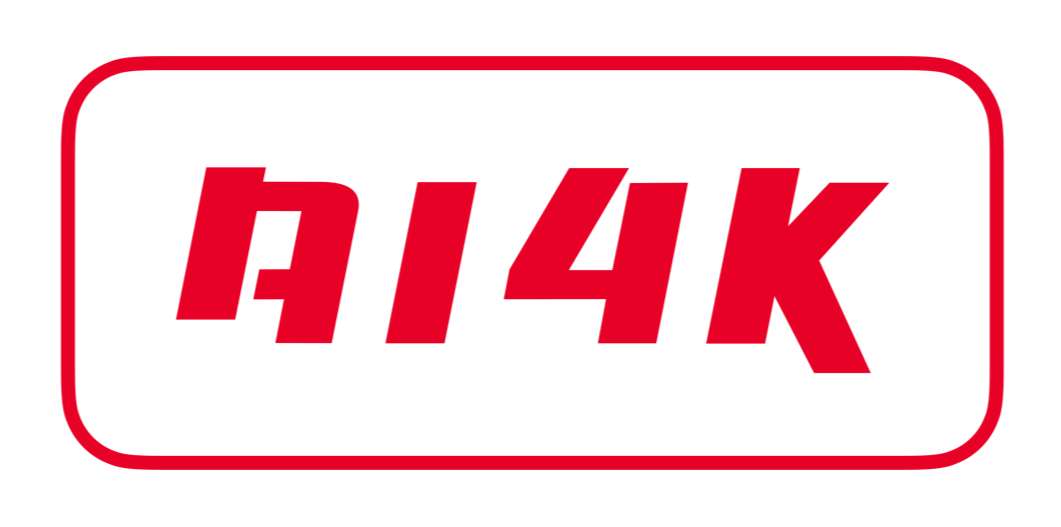The Rise of Chatbots and Personalized Interaction
As AI technology becomes seamlessly integrated into daily workflows, users may find traditional search engines less essential for certain tasks. The convenience of direct interaction with a chatbot raises questions about the future of platforms like Google search and the implications for web publishers. Let’s break this down:
Seamless Integration of AI into Daily Workflows: As AI technology becomes more sophisticated and user-friendly, it can seamlessly become a part of the daily workflows of individuals. This integration might involve using AI tools and chatbots to perform tasks, answer questions, or provide information without the need for traditional methods.
Reduced Reliance on Traditional Search Engines: The convenience of interacting directly with AI, as opposed to using a search engine like Google, suggests a potential shift in user behavior. Users may find that for certain tasks or types of information, interacting with a chatbot is more efficient and tailored to their needs compared to conducting a broader search on a traditional search engine.
Questions About the Future of Platforms Like Google Search: If users increasingly turn to AI-driven solutions for specific tasks, it prompts a reconsideration of the traditional search engine’s role. This could have implications for how search engines evolve and adapt to changing user preferences.
Implications for Web Publishers: The changing dynamics in user behavior, where direct interaction with AI becomes more prevalent, can have implications for web publishers. Publishers who rely on traditional web traffic, especially through search engine results, may need to adapt their strategies to the evolving ways users access information. This shift could impact the traditional economics of web publishing.
Altering User Patterns: Task-Centric Surfing Prevails
Previously, internet usage might have been more exploratory or leisure-oriented, characterized by aimless browsing or passive consumption of content. However, there’s been a noticeable change toward a task-centric approach.
Task-centric surfing signifies that users are increasingly focused on accomplishing specific objectives or tasks when they go online. Rather than aimlessly wandering through various websites, users now visit the internet with clear intentions, seeking to accomplish particular goals. These goals could range from buying a product, researching information, solving a problem, or connecting with others for a specific purpose.
This shift has significant implications for web design and content strategy. Websites must cater to these task-oriented users by ensuring easy navigation, clear calls to action, and efficient pathways to fulfill user objectives. Understanding user intent and designing experiences that align with these intentions is crucial in this landscape.
For businesses, this shift underscores the importance of optimizing websites to cater to users’ task-focused behaviors. It involves structuring content and functionalities in a way that supports users in achieving their goals swiftly and seamlessly.
Overall, acknowledging and adapting to this trend can greatly enhance user satisfaction, engagement, and conversion rates on websites.
Challenges to Traditional Advertising Models
Traditional advertising models face multifaceted challenges in today’s evolving digital landscape. One significant hurdle is the shifting user behavior towards more personalized, ad-free experiences. With the rise of ad-blocking software and users’ preference for uninterrupted browsing, the effectiveness of traditional online advertisements is diminishing.
Moreover, the emergence of AI-powered algorithms and machine learning has transformed how content is delivered and consumed. This shift demands a more nuanced approach to advertising—one that goes beyond generic placements and instead focuses on delivering targeted, relevant content to specific audiences.
The proliferation of social media platforms has also disrupted traditional advertising by altering the way users engage with content. Brands now need to navigate these diverse platforms, creating tailored campaigns that resonate with varied audiences across different channels.
Additionally, consumer trust in traditional advertising has dwindled. Users are increasingly skeptical of overtly promotional content and seek authenticity and value from brands. This necessitates a shift towards more transparent and genuine advertising practices that prioritize meaningful engagement over hard-selling tactics.
Furthermore, the evolving regulatory landscape, such as privacy concerns and data protection laws like GDPR, has imposed restrictions on how advertisers collect and utilize user data. This has compelled advertisers to rethink their strategies, ensuring compliance while maintaining personalized and effective advertising practices.




